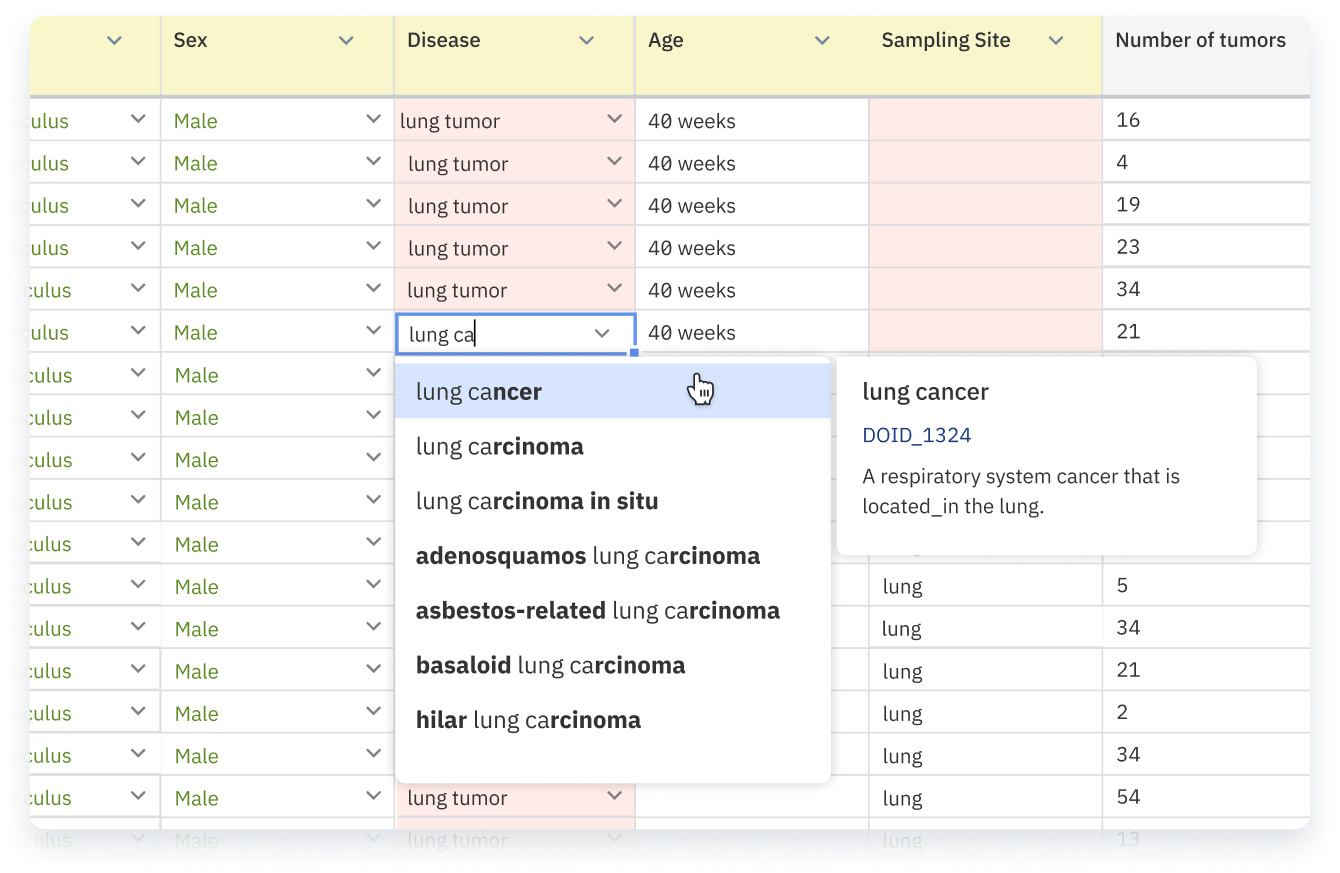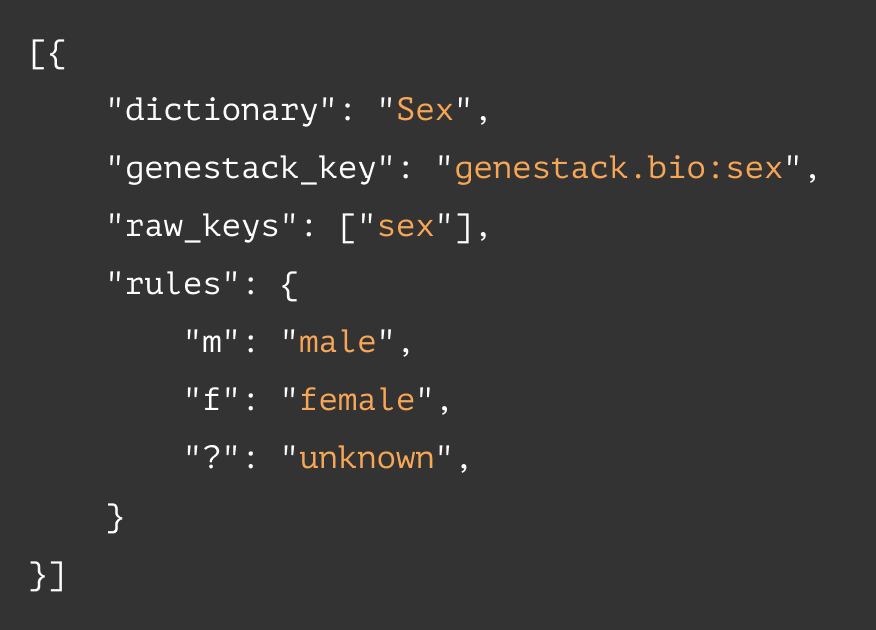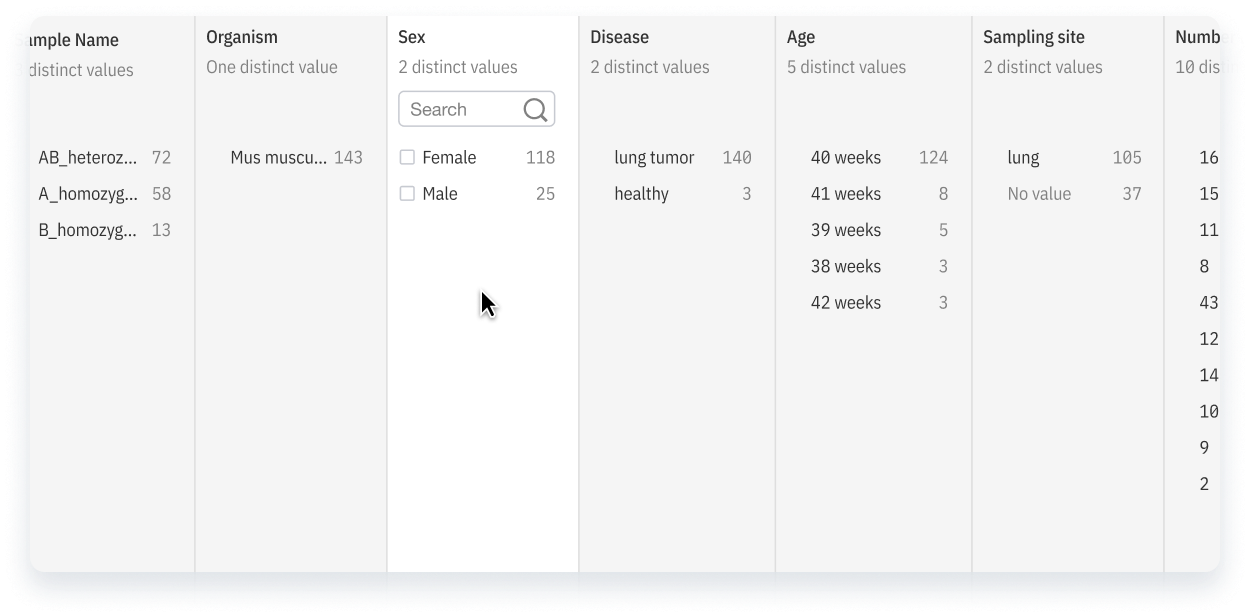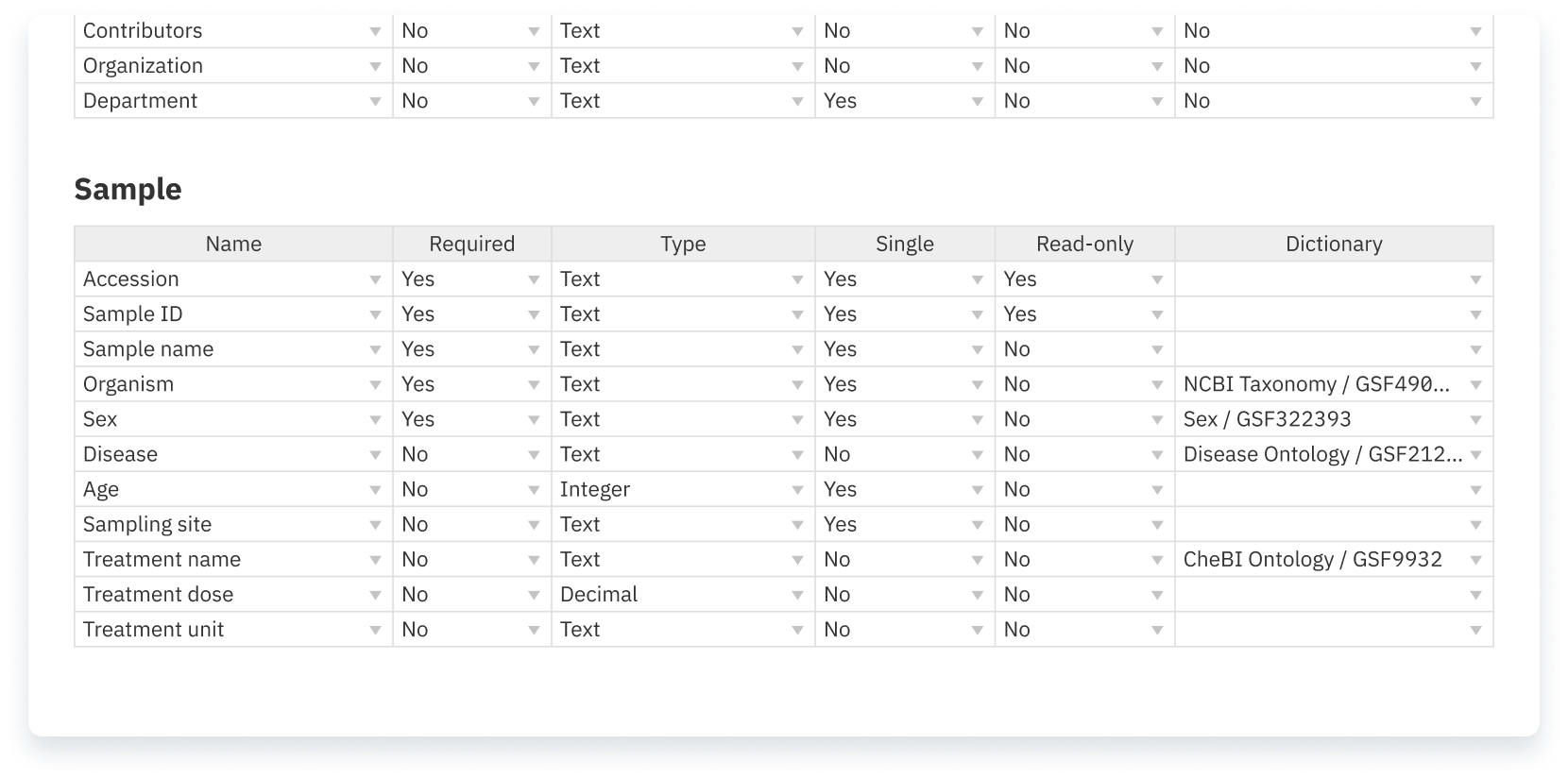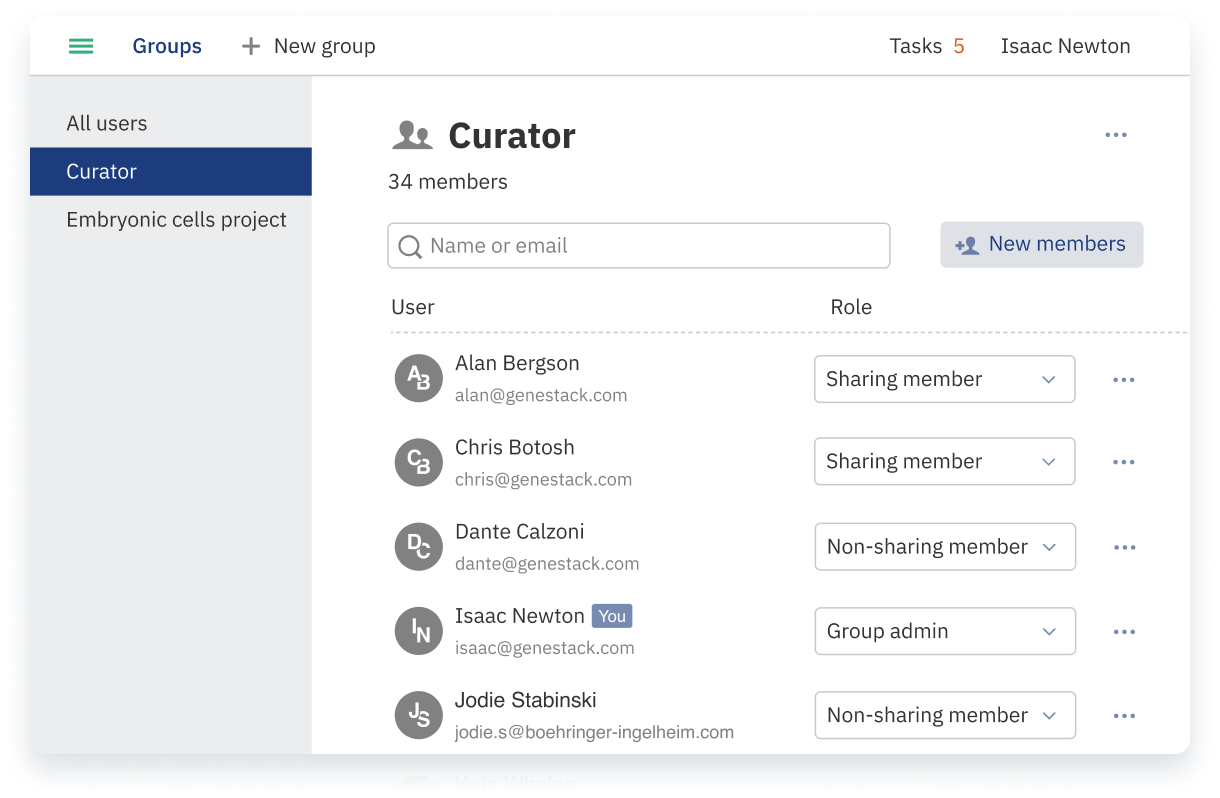Perhaps, but in a good way. ODM allows your organisation to build a FAIR compliant eco-system - it can be at the centre of your FAIRification efforts, or it can plug-in to your existing workflows. While the amount of change ultimately is up to each individual organisation some cultural and strategic changes are generally advised in the context of any R&D digital transformation efforts. For example:.
(1) data must be seen as a common asset of the organisation and expected to be reused, instead of belonging to individual research groups for one-off investigations and analysis;
(2) the organisation will need to have a data management strategy if it doesn't have one already;
(3) the data model needs to be agreed and adhered to by all users;
(4) dedicated administrators or data managers should be appointed or hired to enforce organisation-wide data policy and to safeguard data integrity.
